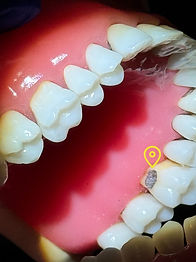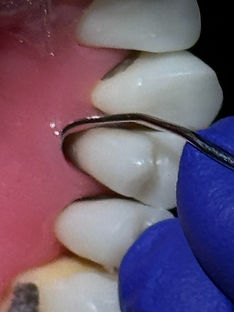Functions of Dental Explorers
Main Function
An assessment instrument used to detect the texture of tooth surfaces through tactile sensitivity before, during, and after periodontal instrumentation and
to assess the progress and completion of instrumentation.
Explorers are used to assess:
Calculus Deposits
Dental Anomalies
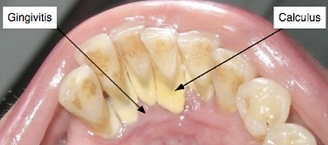
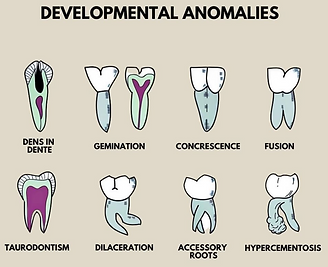
Anatomic features of the teeth
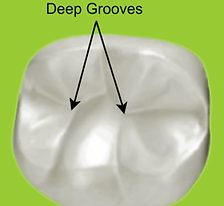
Dental sealants and restorations
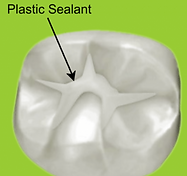
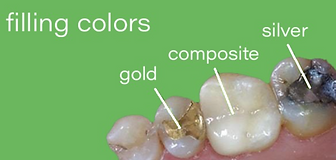
Calculus Deposits - "Tartar"
*The dental explorer is the BEST instrument for ASSESSING the calculus deposits.
*Note: Other instruments, such as the scaler and curettes,
are used to remove calculus deposits.
Calculus = calcified plaque biofilm - forms as a hard tenacious mass on tooth surfaces and dental prostheses.
-
Plaque retentive, meaning that the outer surface of the calculus deposit harbors plaque biofilm, which is the main cause of periodontal disease
-
Heavier more often near the CEJ than the junctional epithelium because it has been forming longer in that area
-
Frequently seen on these areas due to salivary glands:
-
mandibular anterior lingual area (lower front teeth, tongue side)
-
maxillary posterior buccal areas (upper back teeth, cheek side)
-
Areas of Calculus:
Supragingival calculus: found coronal to (above) the gingival margin
-
Easier to see visually
Subgingival calculus: located apical to (beneath) the gingival margin
-
Cannot be frequently seen visually
-
Must rely on sense of touch or tactile sensitivity to detect and remove these deposits
